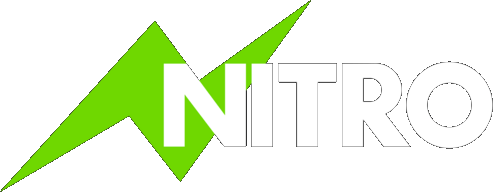🔥 Free 25% more CPU for all Accounts!
With website visitors expecting pages to load in under 2 seconds, speed is not just a luxury—it’s essential. In fact, 40% of people will leave a site that takes longer than 3 seconds to load, meaning poor performance directly affects your bottom line.
What Is WordPress Caching?
Whenever someone visits a WordPress site for the first time, the platform goes through a complex series of steps to deliver the requested page. Here’s a simplified look at the process:
- PHP Queries: WordPress, which is built on PHP, sends a request to your site’s database.
- Data Retrieval: The database fetches the required content and sends it back.
- HTML Page Generation: WordPress then compiles the data and generates an HTML page.
- Page Display: The HTML page is delivered to the visitor.
This process involves multiple steps and can take longer than users expect. Caching eliminates many of these steps, speeding up the time it takes to deliver content.
Why Caching Matters for Site Performance
Every time a user requests a page, your WordPress site goes through the same process, which can slow things down—especially as traffic increases. Caching saves a snapshot of the final HTML page, so when someone visits the same page again, the site serves the cached version. This significantly cuts down loading time.
When caching is enabled, repeated requests for the same page can be fulfilled much faster since the site doesn’t have to perform all those steps repeatedly.
How Does Caching Work in WordPress?
Caching turns your dynamic WordPress pages into static ones, ensuring faster load times for users. Here’s how it works:
- Browser Caching: When a user visits your site, elements like images, CSS, and JavaScript files are saved in the user’s browser. The next time they visit, these files don’t need to be reloaded, speeding up page load times.
- Server-Side Caching: This takes place on your web host’s server. The first time a user requests a page, the server stores the static version. Future visitors are served this cached version, reducing server workload and improving site speed.
Server-side caching is especially beneficial for larger websites with high traffic, as it can store cached files in your server’s RAM, which is much faster than using hard disk storage.
Types of WordPress Caching
There are two primary types of caching that affect WordPress sites:
- Client-Side (Browser) Caching: Stores data in the visitor’s browser, so when they revisit the site, it loads quicker because key elements are already saved.
- Server-Side Caching: Stores static versions of your website on the server itself, reducing server load by serving the same cached content to multiple users. The most popular server cache methods are Memcached, Redis, and APCu (Alternative PHP Cache user). Which is the best for WordPress?
Each type of caching serves a crucial role in optimizing site performance.
Clearing the Cache: Why It’s Important
One downside to caching is that it saves a “snapshot” of your page, meaning if you update your content, the cached version won’t show the changes. This is why regularly clearing (or purging) your cache is essential.
By clearing the cache, you allow your site to generate new, updated versions of your pages. Most caching plugins provide an option to purge the cache at regular intervals, ensuring your visitors always see the latest content.
Best Caching Plugins for WordPress
Here are my preferred free cache plugins.
- WP Super Cache:The plugin generates static HTML files from your WordPress blog and serves them to visitors, bypassing heavy PHP scripts.
- W3 Total Cache: One of the most popular caching plugins, it offers extensive options for page, object, and database caching.
Dynamic Content and Caching
If your site displays content that frequently updates, such as Twitter feeds, shopping carts, or real-time data, caching can become tricky. However, some caching plugins allow you to cache dynamic content separately, ensuring your site remains up-to-date while still benefiting from the speed advantages of caching.
For example, plugins like W3 Total Cache offer features that allow parts of your page to be dynamically updated while keeping the rest of the site cached.
How to Set Up a Caching Plugin
Setting up a caching plugin on WordPress is a simple process. Here’s a step-by-step guide:
- Install the Plugin: Choose a caching plugin from WordPress or a trusted third-party provider and install it.
- Configure the Plugin Settings: Most plugins come with default settings that work well for most sites, but you can configure advanced options if needed (such as how often to purge the cache).
- Clear the Cache Regularly: Use the plugin’s options to set up automated cache clearing or manually clear it whenever you update content.
